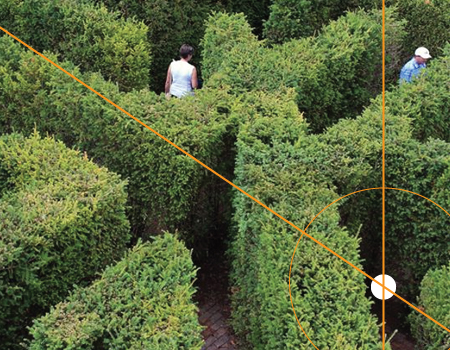By Carolyn Taylor, 3GPP MCC
The positioning work in 3GPP over New Radio (NR) is aimed at indoor and outdoor use cases, exploiting 5G features such as high bandwidth, massive antenna systems, evolved network architecture which are all helping to facilitate the arrival of massive numbers of IOT device types on the scene.
One major use case for NR positioning is Emergency call. In 3GPP Rel-16 a study was conducted to evaluate E911 requirements for positioning accuracy (latitude, longitude, and altitude), network availability, reliability and latency. It also looked at synchronization requirements and the level of complexity experienced in meeting the needs of emergency call related to positioning. Specifications followed for a variety of positioning techniques that support regulatory as well as commercial needs.
On the commercial side, the key NR design target for positioning was the definition of a range of accuracy levels, latency levels. The Rel-16 performance metrices used for evaluating performance of NR positioning are:
The Rel-17 specification, 3GPP TS 22.261 - Service requirements for the 5G system – looked further at the evolving needs of the ‘verticals’ for high accuracy (horizontal and vertical), low latency, network efficiency and device efficiency for commercial use cases and for Industrial IoT.
The Rel-17 performance metrices for positioning are:
In 3GPP Rel-18, there are two additional techniques being considered to provide higher accuracy:
- Taking advantage of 5G spectrum to increase the bandwidth for the transmission and reception of the positioning reference signals based on PRS/SRS bandwidth aggregation for intra-band contiguous carriers.
- Use of NR carrier phase measurements. GNSS carrier phase positioning has been used very successfully for centimetre-level positioning accuracy in outdoor applications.
Other Rel-18 enhancements to Sidelink positioning will also help, with Sidelink ranging/positioning enabling Low Power High Accuracy Positioning (LPHAP) and the support of positioning for UEs with Reduced Capabilities (RedCap UEs).
Further Reading
See the full Work Plan at https://www.3gpp.org/specifications-technologies/3gpp-work-plan
The following ‘Positioning’ lines are from the Work Plan (Level 1 items only).
| SID / WID | Title | Acronym | Rel | WG | See: |
| 910040 | Ranging-based Service and sidelink positioning | Ranging | 18 | 22.261 | |
| 940081 | Study on expanded and improved NR positioning | FS_NR_pos_enh2 | 18 | R1 | 38.859 |
| 981038 | Expanded and improved NR positioning |
NR_pos_enh2 |
18 | ||
| 910036 | Low Power High Accuracy Positioning for industrial IoT scenarios | LPHAP | 18 | S1 | 22.104; 22.261 |
| 900060 | RAN aspects of NR positioning enhancements | NR_pos_enh | 17 | ||
| 880075 | Study on scenarios and requirements of in-coverage, partial coverage, and out-of-coverage NR positioning use cases | FS_NR_pos_cov | 17 | RP | |
| 800013 | 5G positioning services | 5G_HYPOS | 16 | S1 | 22.261 |
| 830077 | NR positioning support | NR_pos | 16 | R1 | |
| 890045 | UE Conformance Test Aspects - B1C Signal in BDS Positioning System Support for LTE and NR | B1C_BDS_pos_UEConTest | 16 | R5 | |
| 750063 | UE Positioning Accuracy Enhancements for LTE | LCS_LTE_acc_enh | 15 | R2 |


 Technology
Technology




